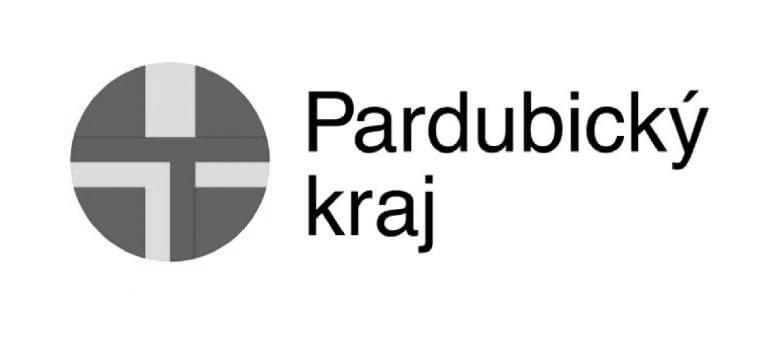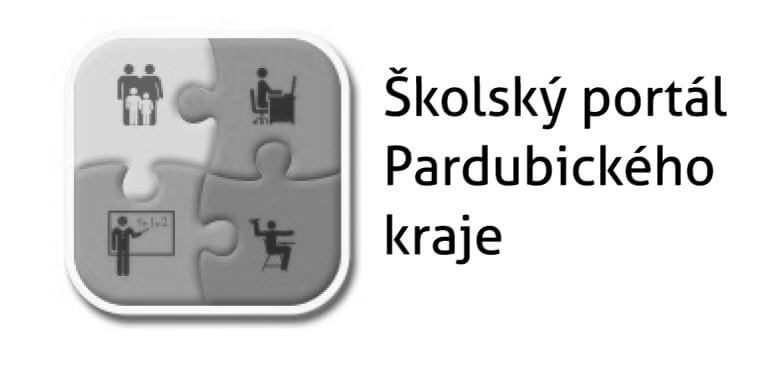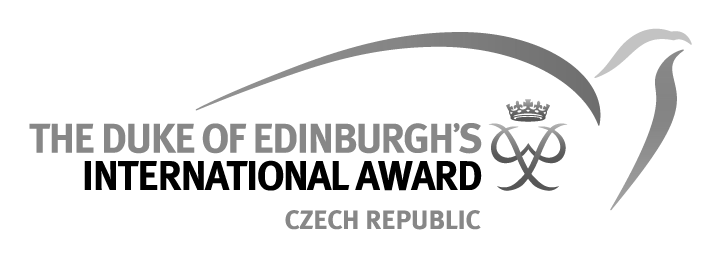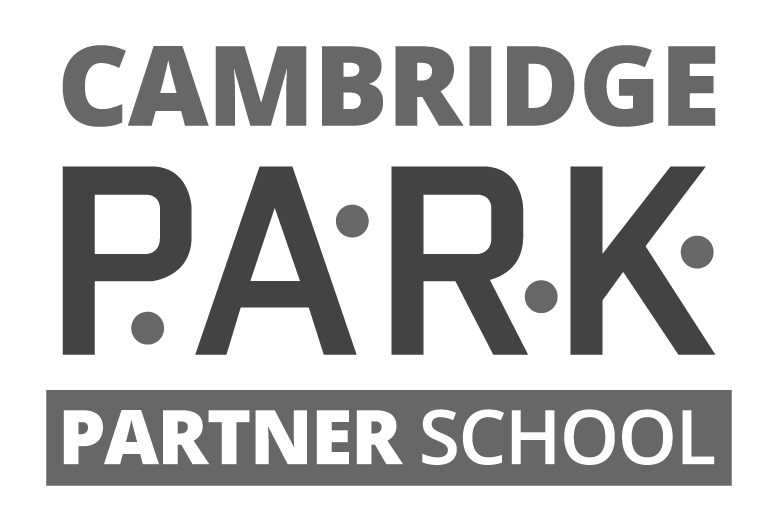Studenti, kteří nebyli 27. 9. ve škole, dostali za úkol zodpovědět tuto otázku: Why don´t we go to school on 28th September?
Ráda se podělím o některé práce, které mi od studentů přišly.
28th September by Žanda, 4P
The 28th of September is Czech National Day. Kids don´t go to school, shops are closed. We are reminding st. Václav´s death. St. Václav was raised by his grandmother st. Ludmila. She raised him into a religious man. He ruled Czech land. The legend says that he was murdered by his younger brother´s servants when he was going to the church for morning prayers. That happened around the year 935. This day was always celebrated but became official in 2000.
28th of September by Barbora, 3A
Tomorrow, the 28th of September is a public holiday known as Czech Statehood Day. But there is also a second name for this holiday, namely St. Wenceslas day (but this one is not officially used due to political disagreements from the past). In my opinion, the name is a bit ironic because I am sure that we, as Czech citizens, do not celebrate this day in the same way as Americans celebrate their 4th of July. I mean no harm; however, St. Wenceslas day would be a much more accurate name.
I’m using the name Wenceslas in almost every other sentence, so let’s spill the beans and have a quick history lesson.
St. Wenceslas is the Patron Saint of the Czech nation. He died somewhere between 929 a.c. and 935 a.c. (it is difficult to pinpoint the exact date, but experts are leaning towards 935) in Stará Boleslav on his way to church. Well, accurately he was assassinated by his brother Boleslav, who after that became a king. But Boleslav was also the first to create a religious cult around Wenceslas (about three years after his death). There is also a legend connected with St. Wenceslas. Usually, it has been something like this: “When the Czech country is at its worst, Mount Blaník will open, and the sleeping knights, led by St. Wenceslas, will ride out to help the Czech nation fight the attackers.”
So that was history. And how do we celebrate it now? Mostly in a religious way. Remains (the skull) of St. Wenceslas are taken from the tomb in St. Vitus and are brought to Stará Boleslav, where the main celebration takes the place. The highlight is the Christian service on Wenceslas Square in Stará Boleslav.











